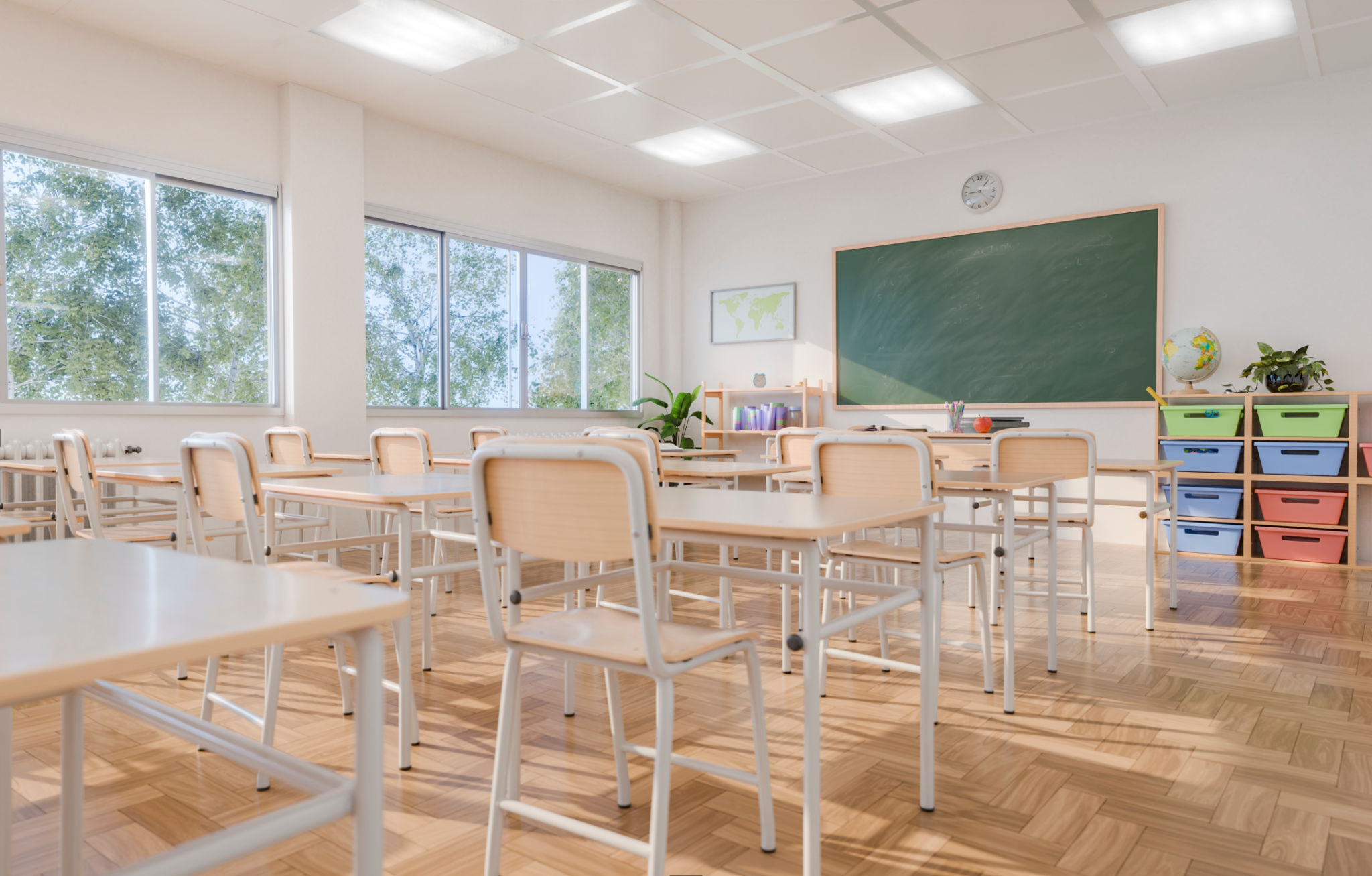Step-by-Step Classroom Cleaning Checklist for a Healthier Learning Environment
Creating a healthy learning environment is essential for the well-being and academic success of students. A clean classroom not only promotes health but also enhances concentration and productivity. Here's a comprehensive step-by-step checklist to ensure your classroom remains a safe and inviting space for learning.
Daily Cleaning Tasks
Start with daily cleaning tasks that help maintain a baseline of cleanliness and order in the classroom. These tasks ensure that any immediate mess or dirt is addressed quickly.
Desks and Tables
Wipe down desks and tables with a disinfectant solution every day. This helps in removing germs and keeping surfaces free from dust and grime. Pay special attention to areas frequently touched by students.
- Use a soft cloth or paper towels.
- Ensure the cleaning solution is safe for use on furniture surfaces.

Floors
Floors can quickly accumulate dirt, especially in high-traffic areas. Sweep or vacuum the floors daily to keep them free of debris. For hard floors, a quick mop with a mild cleaner can make a significant difference.
- Sweep or vacuum at the end of each day.
- Mop as needed, paying attention to spills and stains.
Weekly Cleaning Tasks
In addition to daily cleaning, certain tasks should be performed weekly to maintain a thorough level of cleanliness. This helps in tackling areas that are not cleaned regularly.
Windows and Glass Surfaces
Clean windows and glass surfaces once a week to allow natural light to shine through and reduce smudges and fingerprints. This can improve the overall atmosphere of the classroom.
- Use a glass cleaner and microfiber cloth for streak-free results.
- Pay attention to both sides of the glass for maximum clarity.

Shelves and Storage Units
Shelves and storage units can gather dust quite easily. Weekly dusting prevents buildup and keeps the learning materials clean and accessible. Encourage students to help organize their materials during this process.
- Use a dusting spray or damp cloth.
- Organize materials while cleaning to keep the area tidy.
Monthly Deep Cleaning Tasks
Monthly deep cleaning is vital to address areas that are often overlooked yet crucial for maintaining a healthy environment. These tasks ensure every corner of the classroom is attended to.
Walls and Ceilings
Dust and cobwebs can accumulate in unseen areas like walls and ceilings. A monthly wipe-down helps maintain cleanliness and prevents allergens from circulating in the air.
- Use an extendable duster or microfiber cloth for hard-to-reach areas.
- Check for any marks or stains that need spot cleaning.

Fabric Surfaces
Curtains, rugs, and upholstered furniture can harbor dust mites and allergens. A thorough cleaning at least once a month keeps these materials fresh and hygienic.
- Vacuum fabric surfaces regularly.
- Launder curtains or fabric covers if possible.
By following this step-by-step classroom cleaning checklist, educators can create a healthier learning environment that supports student success. Regular maintenance not only ensures cleanliness but also instills good habits among students in caring for their shared space. Embrace this routine for a brighter, more productive classroom experience!
